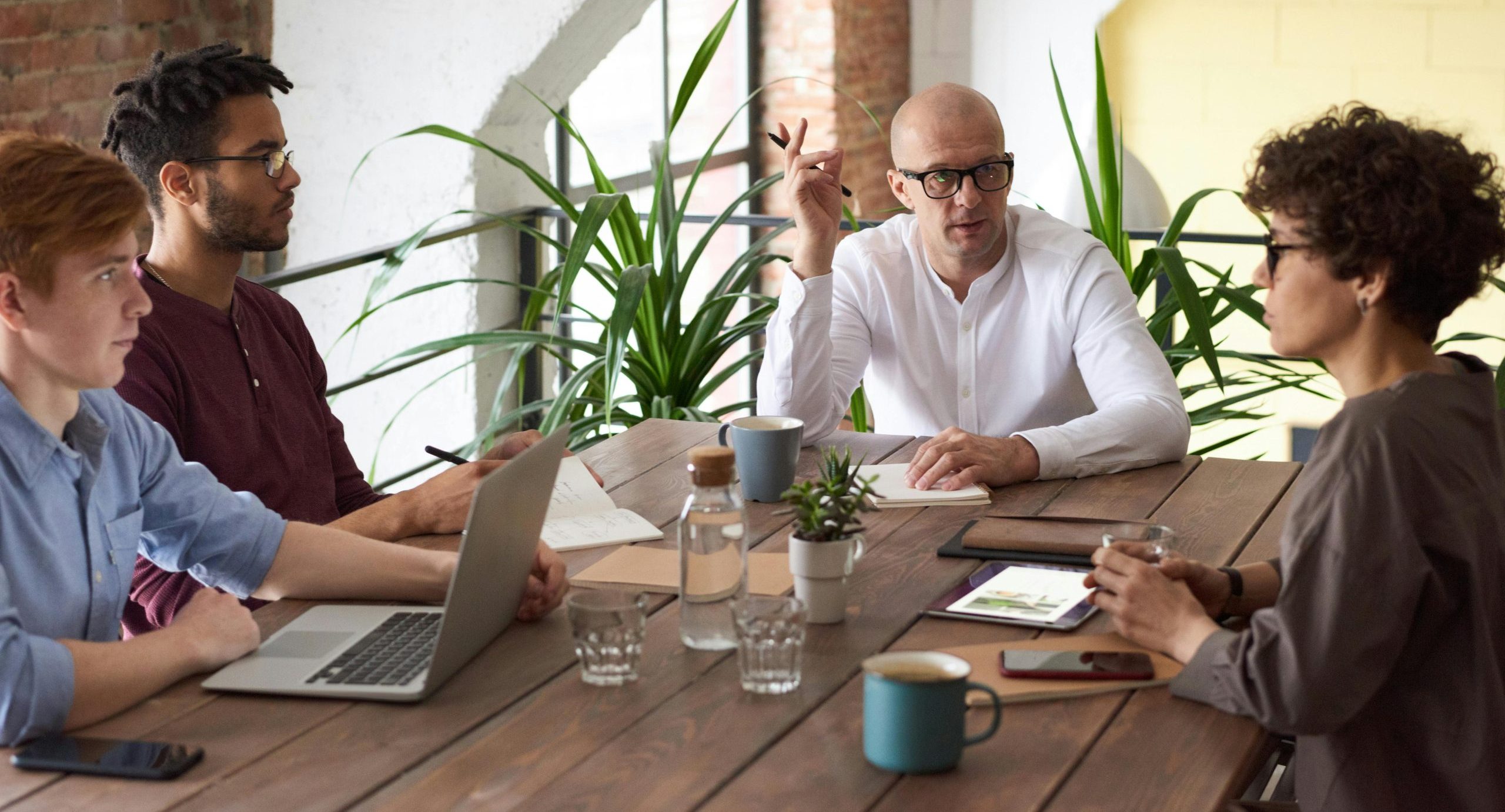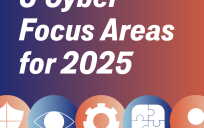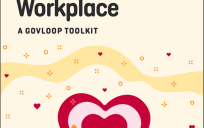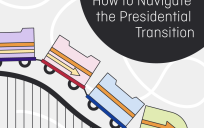We interact with people with different lived experiences based on their dimensions of diversity. Often, this involves having difficult conversations about how each person experiences the world. Suppose we sincerely desire a workplace where everyone thrives and belongs. In that case, we must learn how to effectively navigate the discomfort that most people have around issues of diversity, equity, inclusion, and accessibility (DEIA).

You cannot conquer DEIA discomfort quickly, so I will write multiple articles to guide you. This article will help you start your journey to getting comfortable with DEIA discomfort. Being comfortable with discomfort is about embracing the challenges of growth and change, especially in the context of DEIA work. It’s about being open to learning, willing to engage in difficult conversations, and resilient in the face of discomfort, all essential for creating a more equitable and inclusive environment.
What Does It Mean to “Get Comfortable With Discomfort”?
We’re told to “get comfortable with being uncomfortable,” but what does that mean? Getting comfortable with being uncomfortable means developing the ability to accept and navigate situations that provoke discomfort, uncertainty, or anxiety rather than avoiding or resisting them. It’s a mindset that recognizes that discomfort is often necessary for growth, learning, and meaningful change.
How to Navigate the DEIA Discomfort
Getting comfortable with being uncomfortable is an ongoing journey. Here are a few ways to start.
Accept Discomfort
- Recognize the inevitability: It involves acknowledging that discomfort is a natural and inevitable part of life, especially when facing new challenges, confronting difficult truths, or engaging in conversations about complex topics like DEIA.
- Reframe discomfort: Instead of viewing discomfort as something negative to be avoided, accept that discomfort is an opportunity for growth and development. This shift in perspective allows one to engage more fully in difficult situations.
Build Emotional Resilience
- Embrace vulnerability: Being comfortable with discomfort often requires vulnerability, admitting what you don’t know, and being open to new perspectives or feedback. This vulnerability is key to personal and professional growth.
- Develop emotional resilience: Over time, repeatedly facing uncomfortable situations builds resilience, which is the capacity to recover quickly from difficulties. This resilience makes it easier to handle discomfort in the future.
Develop Communication Skills
- Use inclusive language: Be mindful of your language, aiming to be as inclusive as possible. Inclusive language reduces the risk of unintentional harm and shows respect for everyone involved in the conversation.
- Ask open-ended questions: Use open-ended questions to invite deeper dialogue and understanding. Asking open-ended questions can help move the conversation beyond surface-level discussions and into more impactful relationship-building.
Engage in Difficult Conversations
- Be willing to engage: In the context of DEIA, getting comfortable with being uncomfortable means willingly engaging in conversations that may be challenging, awkward or emotionally charged. These discussions are often essential for promoting understanding, valuing differences, and creating a more inclusive environment.
- Learn from discomfort: It’s about seeing discomfort as a teacher — each uncomfortable conversation or situation provides an opportunity to learn something new, whether it’s about yourself, others, or the world around you.
Grow Continuously
- Stretch beyond your comfort zones: Growth rarely happens within your comfort zone. By pushing yourself to engage in uncomfortable situations, you expand your capabilities, increase your empathy and broaden your cultural awareness.
- Commit to growth: It’s a commitment to continuous learning and self-improvement. Growth might involve confronting your biases, challenging long-held beliefs, or adopting new ways of thinking and behaving, which happen over time.
Navigate Uncertainty and Ambiguity
- Develop tolerance for ambiguity: Life and work often involve uncertainty and ambiguity, especially in diverse and complex environments. Getting comfortable with being uncomfortable means developing a tolerance for these conditions and learning to navigate them with confidence.
- Learn to make decisions in uncertainty: It also means being able to make decisions and take action even when the path forward is unclear or when you don’t have all the answers.
Promote Inclusivity and Change
- Create a safe space: Foster an environment where everyone feels safe to express their thoughts and experiences without fear of judgment or retribution. Allow people to speak about their lived experiences even if you haven’t experienced them.
- Set clear boundaries: We need to set boundaries and respect those of others. Boundaries ensure that the conversation remains productive and focused on growth and learning.
- Support change: In organizations, getting comfortable with discomfort is crucial for fostering change, particularly in areas like DEIA. It requires challenging the status quo while valuing past experiences, addressing inequities, and pushing for policies and practices that may initially be met with resistance.
- Lead in discomfort: Leaders who are comfortable with discomfort are better equipped to guide their teams through change, advocate for equity and create environments where everyone feels valued and included.
By starting with these tips, you can approach DEIA conversations more confidently and effectively while contributing to a more inclusive and equitable workplace. In Part 2, I will help you deal with the fear of making mistakes while navigating DEIA topics and conversations.
Deadra Welcome is the Founder and Principal Consultant of Concerning Learning LLC., where she elevates workplace culture by focusing on team cohesion, diversity and inclusion, and leadership development. Using a unique blend of instructional design, facilitation, and coaching techniques, Deadra creates tailored solutions for improved organizational performance. Using her 27 years of federal government service and nearly 30 years in the culture and performance industry, she strives to make learning extraordinary and create spaces where everyone belongs and thrives.





Leave a Reply
You must be logged in to post a comment.